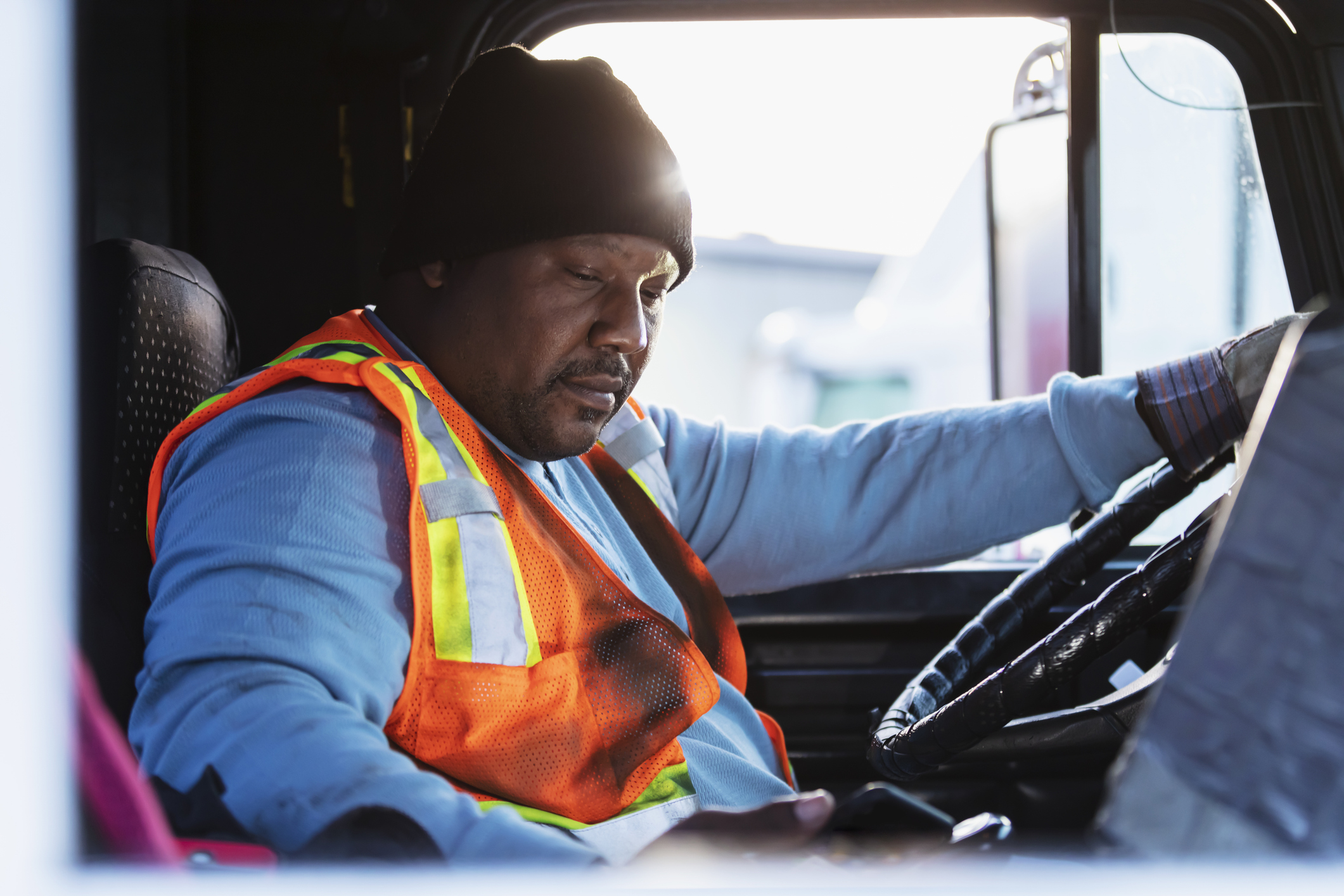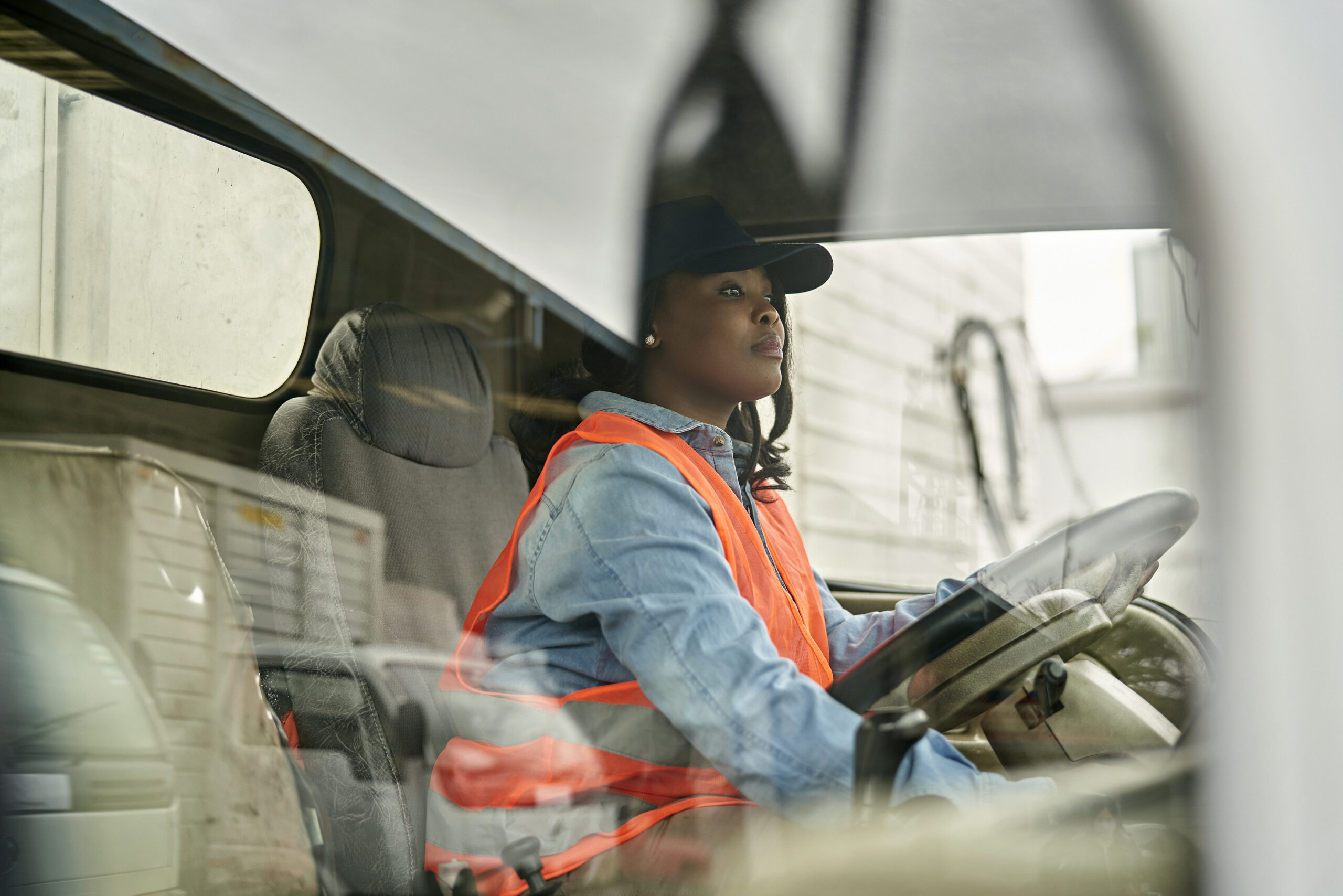A COVID-19 Trucking Communications Guide

We’re in the business of communication and while we can’t solve all of the challenges related to COVID-19, we can help provide the driver’s perspective and clear up their confusion with more effective communication. Today, we’re providing a guide to tackling a communication strategy in the wake of this unprecedented time in history.
First, we’ll share proactive communications to help provide empathy for drivers on the frontline. These are communications that you can share right now. And then we’ll share the feedback we’re receiving from drivers in real-time and advice on how to respond when you’re presented with the same concerns.
Proactive Communications:
- Share regularly what the company’s position is during the virus (i.e. here’s what will do if someone gets sick, etc.)
- Go into detail about the customer stories that are relying on your carrier. Drivers need to see that the company is continuing to get business and that their jobs are secure.
- Show the action you are taking. Don’t just say “wash your hands more.” Show drivers that you’ve got sanitizer they can take with them in the truck or back home to their family, and that you have a plan to sanitize every slip seated vehicle between drivers. Or better yet, temporarily eliminate slip-seating and assign dedicated trucks.
What Drivers are Saying:
- They want to know if the company has enough work to support them during this time
- They’re concerned about whether or not the company has plans for keeping things sanitary or a game plan if people start to catch coronavirus
- Concerned that their dropoff location won’t be open or that lumpers won’t be available
- They want advice on where to eat and park on the road because most locations are only providing drive-thrus and drivers have no way of ordering food since they can’t drive through
- Drivers want to know if they will get paid if they get sick and are forced to quarantine
- They are concerned about access to rest stops
- They want to know how the HOS regulatory relief applies to them
- They want to know how market volatility will affect their retirement
How to Respond:
- Be clear about the work you’ve secured for the future of your drivers. When something changes for a customer, act and communicate quickly. If you have defined volumes, communicate those and that now more than ever, drivers are the unsung heroes.
- Communication clearly about the steps you are taking to keep company property sanitary and clean for the health of drivers. And if you’d like guidance on how to tackle sanitation, check out this resource from CDC.gov.
- If the office staff is working from home, clearly communicate the expectations of office staff to drivers. Also, let drivers know that the office staff work from home policy directly benefits the drivers by preventing spread of the illness and allowing office staff to remain healthy in order to do their jobs.
- Make sure the driver’s contact at your company knows clearly about the status of the driver’s drop location. Triple-check, if necessary, to ensure that the location is open, lumpers are prepared and available, and the location is practicing sanitation.
- Help drivers locate accessible restaurants that offer walk-up or takeout options, as drivers are unable to use drive-thru windows and walk-up isn’t an option. Also, encourage drivers to carry a cooler in case they’re traveling in areas farther away from truck stop access.
- In states where rest stops are closed, check on locations that are still able to offer parking along your drivers’ route.
- Review your company’s paid sick leave policy and consider making adjustments for employees who come into contact with COVID-19. Additionally, take a look at the recently signed Families First Coronavirus Response Act as it relates to drivers.
- The recently announced relief of HOS regulations can be found here.
- Clearly communicate what you know about retirement plans, that now’s the time to think positively on a longer-term scale, and empathize that you’re in this together, and if you don’t know the answers, encourage drivers to reach out to your retirement benefits provider.
We’re getting hundreds of messages daily from drivers filled with questions about what this unique time in history means for them. As new information comes to us, this advice will be updated to offer the most up-to-date insight on what drivers are experiencing on the roadways. In the meantime, if you’d like to discuss a communication strategy tailored specifically to your needs, reach out at info@workhound.com.
Let's Build Better Workplaces Together
Revolutionize your company culture and your worker retention rates by improving communication and engagement.
Book a Demo

